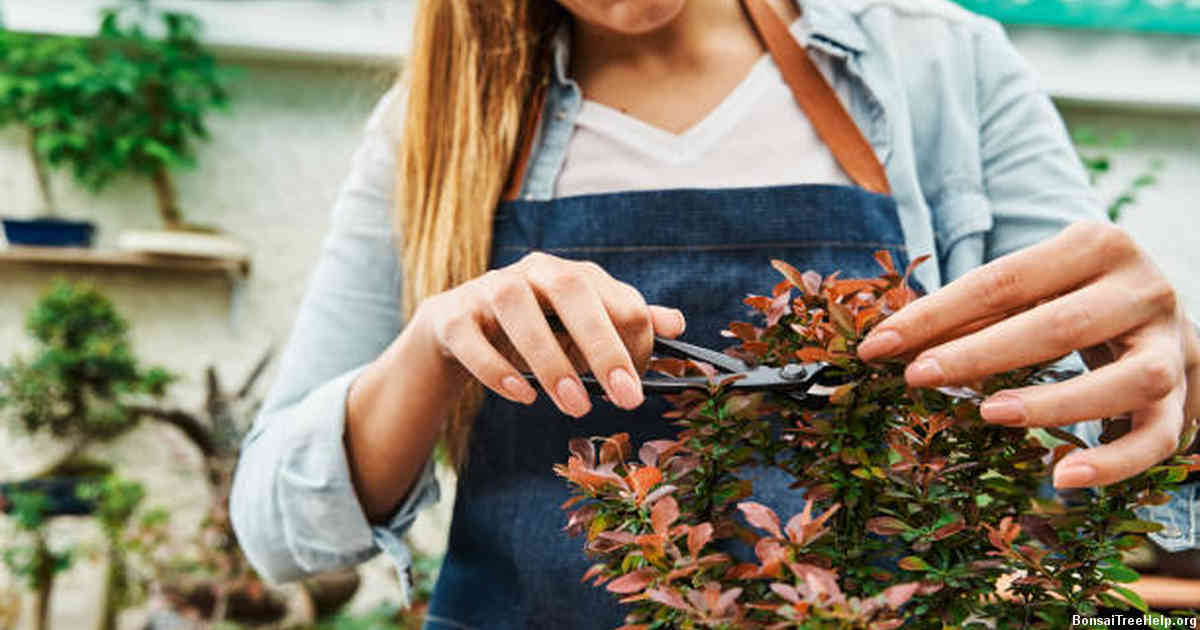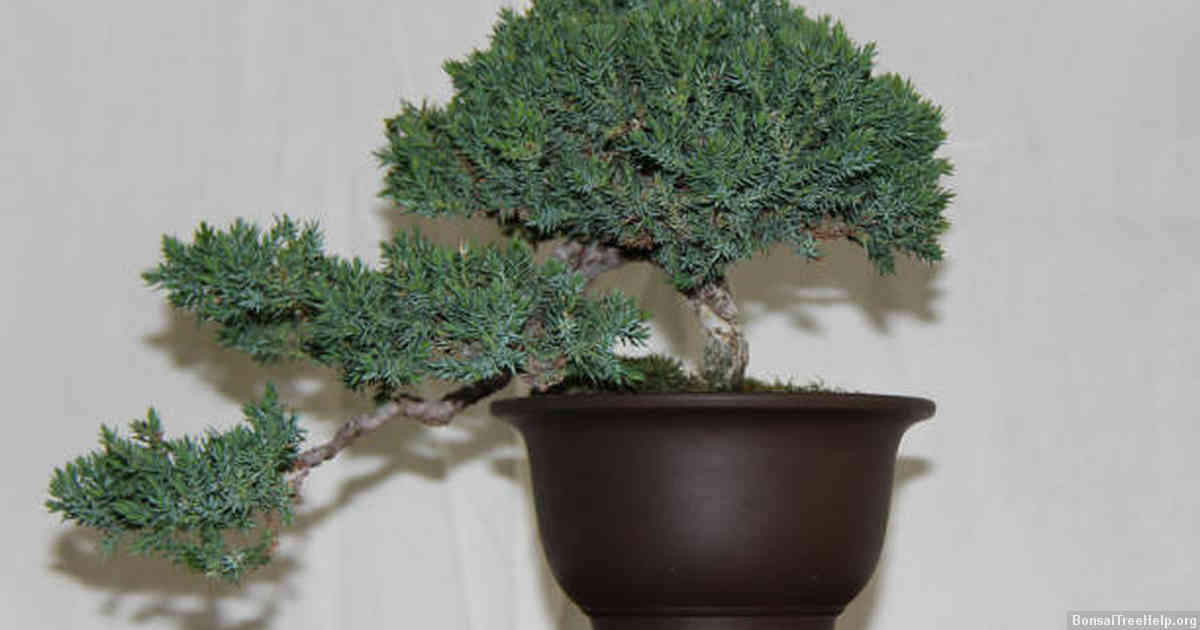
Yes, you can bonsai a mulberry tree. It is one of the most popular trees for bonsai due to its attractive leaves and hardiness in different climates. Mulberry trees are relatively easy to shape and prune into a variety of styles, including upright and slanted forms, as well as informal and formal curves. Because they do not require frequent wiring to maintain their shapes, they make ideal specimens for first-time bonsai hobbyists or those with less patience. Careful pruning will keep your mulberry tree small while still allowing it to produce the tasty fruit which makes these plants so special.
Contents:
- I. Introduction to Bonsai Trees
- II. Mulberry Trees: Characteristics and Growth Patterns
- III. Techniques for Bonsai-ing a Mulberry Tree
- IV. Potential Challenges in Maintaining a Mulberry Bonsai
- V. Recommended Soil and Fertilizer for Mulberry Bonsai
- VI. Tips for Styling Your Mulberry Bonsai
- VII. Conclusion: Benefits of Having a Beautiful Yet Challenging Mulberry Bonsai
I. Introduction to Bonsai Trees

When it comes to growing bonsai trees, the art of bonsai is about creating an aesthetic miniature tree that mimics a full-grown version. Bonsai trees are created with special techniques such as pruning and wiring that cause the tree’s growth to be stunted over time. This is why bonsais can remain small for years, even decades. It requires experience and dedication from bonsai practitioners in order to train these tiny plants into lovely works of art.
Though many people associate bonsais with traditional Eastern cultures like Japan, they actually have a history tracing back centuries ago in China and later on India during the 6th century. Afterward, different methods of training bonsais were developed by different countries which led us to today’s popular forms including formal upright, informal upright and slanting styles among others.
One type of tree that often gets overlooked for a proper bonsai training is mulberry trees. The challenge when trying to create a successful mulberry bonsai is mainly due to their fast-growing nature. Because it grows so quickly they need more frequent maintenance than other types of trees like pines or junipers do which makes them better suited for experienced hands only but with some patience you can definitely succeed.
II. Mulberry Trees: Characteristics and Growth Patterns

Mulberry trees have been a part of horticultural culture for hundreds of years and have many unique characteristics. The most recognizable are the edible fruits they produce, which vary in size and flavor depending on the species. Many types of mulberry also feature attractive leaves and bark, making them an excellent choice as a landscaping tree or ornamental plant.
In terms of growth patterns, mulberry trees tend to be quite hardy and fast-growing, often reaching up to thirty feet tall at maturity. They grow best when exposed to direct sunlight but can survive in partial shade as well. In general, mulberries do not require significant amounts of water or pruning, making them suitable for low maintenance gardening or bonsai styling.
Most varieties are easy to propagate via grafting onto rootstock plants or from seedlings grown in soil with adequate drainage and moisture levels. Although some may take several seasons before achieving full growth potential, it is possible for a small tree to become established quickly due to their natural hardiness and resilience. Thus even though there is no set timeline for bonsai-ing a mulberry tree – with patience, proper techniques and care you too could have your own miniaturized version one day.
III. Techniques for Bonsai-ing a Mulberry Tree

Bonsai-ing a mulberry tree is far from a straightforward process. Many people don’t realize just how much maintenance and technique go into getting the desired shape for this type of plant. Though it can be done, it does require plenty of patience and practice.
When shaping a mulberry bonsai, there are few tips one should keep in mind. Pruning plays an important role in creating the desired aesthetic and structure; however, over-pruning should be avoided as it can damage or even kill your bonsai. New buds should also be thinned out on occasion to promote new shoots instead of letting them grow too close together, blocking out light and air circulation which causes unhealthy foliage.
It is also essential to ensure the proper amount of water and sunlight reach your bonsai tree; too little or too much can stunt its growth potential. Since mulberries prefer cooler weather climates, they may need extra care during summertime when temperatures rise significantly outside. To support healthy growth indoors during these times, use fans or humidifiers to regulate airflow and temperature levels as needed. This will help maintain adequate moisture in the soil while not overwhelming your bonsai with humidity that could cause rot issues down the line if left unchecked.
IV. Potential Challenges in Maintaining a Mulberry Bonsai

Maintaining a mulberry bonsai requires an expert touch. Unlike other trees that can be easily trained into shape, this type of tree is notoriously difficult to style as a miniature version of its larger self. Pruning and wiring are both necessary for developing a suitable canopy structure; but due to the large leaves and soft wood, it can be hard to find the balance between adequate foliage maintenance and over-pruning which may result in irreversible damage. Even with careful pruning and wiring techniques, the growth rate of the tree cannot be controlled without regular applications of growth retardants. Without proper knowledge in its use, there is potential for more harm than good in treating these plants with such chemicals.
Fertilizing will also require some understanding; while most bonsai trees benefit from being fed balanced fertilizer every month or two during the growing season, too much nitrogen causes mulberries to become less compact and vigorous with weaker trunks and branches. Thus, constant monitoring is needed so that any imbalances in feeding can be quickly rectified if any changes occur when applying fertilizers.
Environment plays an important role when raising a healthy mulberry bonsai since they tend to thrive best in slightly acidic soil with ample water supply – both qualities typically found outdoors rather than indoors where many bonsais are kept safe from environmental stressors such as strong winds or extreme temperatures. If possible, opt for overwintering your plant outdoors instead of inside your home during winter months as indoor conditions often do not provide enough light or moisture for a healthy young specimen looking forward to flowering each year.
V. Recommended Soil and Fertilizer for Mulberry Bonsai

Mulberry trees are quite versatile when it comes to soil type and preference, though they can suffer from a lack of specific nutrients like iron. Fortunately, mulberry bonsai have unique fertilizer requirements that should help to keep them healthy and thriving. Before selecting a fertilizer for your mulberry bonsai, research the particular variety you are attempting to cultivate in order to determine the best method of fertilization for that type.
For optimal growth and health, a slow release fertilizer will be beneficial for mulberry bonsai due to their large root systems; this way it won’t be so easily washed away after watering or rain. Slow release fertilizer is usually mixed into the soil before planting and then reapplied every other month during its growing period depending on how quickly the nutrients in the soil have been depleted by the tree itself.
The kind of potting mix used when growing mulberry bonsai is also important as soils high in peat moss tend not to retain enough water and nutrition required by these sorts of trees. Therefore, using an equal portion mix of perlite/vermiculite with some organic matter would give your mulberry bonsai more than adequate drainage while providing necessary aeration around its roots without compromising nutrition levels too much over time.
VI. Tips for Styling Your Mulberry Bonsai

For those who are looking to bring a little bit of nature into their home, creating and styling a bonsai tree from a mulberry bush can be both rewarding and enjoyable. In order to get the most out of this project, it is important to keep in mind several key tips when getting started.
First and foremost, consider where you want your final product placed – the location you choose should have sufficient light and shelter. Deciding ahead of time will help with placement choices like ensuring that wiring on longer limbs won’t be too much for branches to bear or whether certain style elements will fit within the space they will occupy.
Take note of which way your tree has grown naturally as this will inform your decision making process as it relates to shaping and wiring decisions further down the road. Pruning (in order to maintain shape) should be done throughout the year in early summer or late spring when growth is more prominent; however if necessary, lighter pruning can also be done during autumn months though heavier trimming should only happen during springtime months.
Fertilizing regularly during growing season helps stimulate healthy root development for increased longevity for your bonsai creation – but use sparingly since overfeeding can lead to rapid root/foliage growth at expense of branch strengthening/elongation needed for bonsai styling. Also ensure you factor in drainage issues before settling on soil choice as poor drainage can leave roots waterlogged leading potentially life-threatening conditions such as root rot or other plant diseases.
VII. Conclusion: Benefits of Having a Beautiful Yet Challenging Mulberry Bonsai

No one can deny the beauty and aesthetic appeal of a bonsai. Yet, mulberry trees present their own unique set of challenges in order to be successful as a bonsai. For this reason, having a beautiful yet challenging mulberry bonsai carries with it its own special benefits that should not be overlooked.
Caring for and tending to one’s mulberry bonsai is an immensely fulfilling experience, as it will allow you to connect deeply with your environment by directly engaging with the living being that is your tree. Seeing the transformation from a small sapling into an elegant piece of art and craftsmanship will be an unforgettable journey that each individual can take great pride in completing. And finally, showing off one’s accomplishments with family or friends after all of the hard work and dedication makes for some truly rewarding experiences.
For these reasons and more, having a beautiful yet challenging mulberry bonsai has considerable advantages that go far beyond just aesthetics alone. With every day devoted to developing such a magnificent display piece comes innumerable benefits that are sure to contribute positively towards any individual’s life regardless of background or expertise level.
Leave a Reply